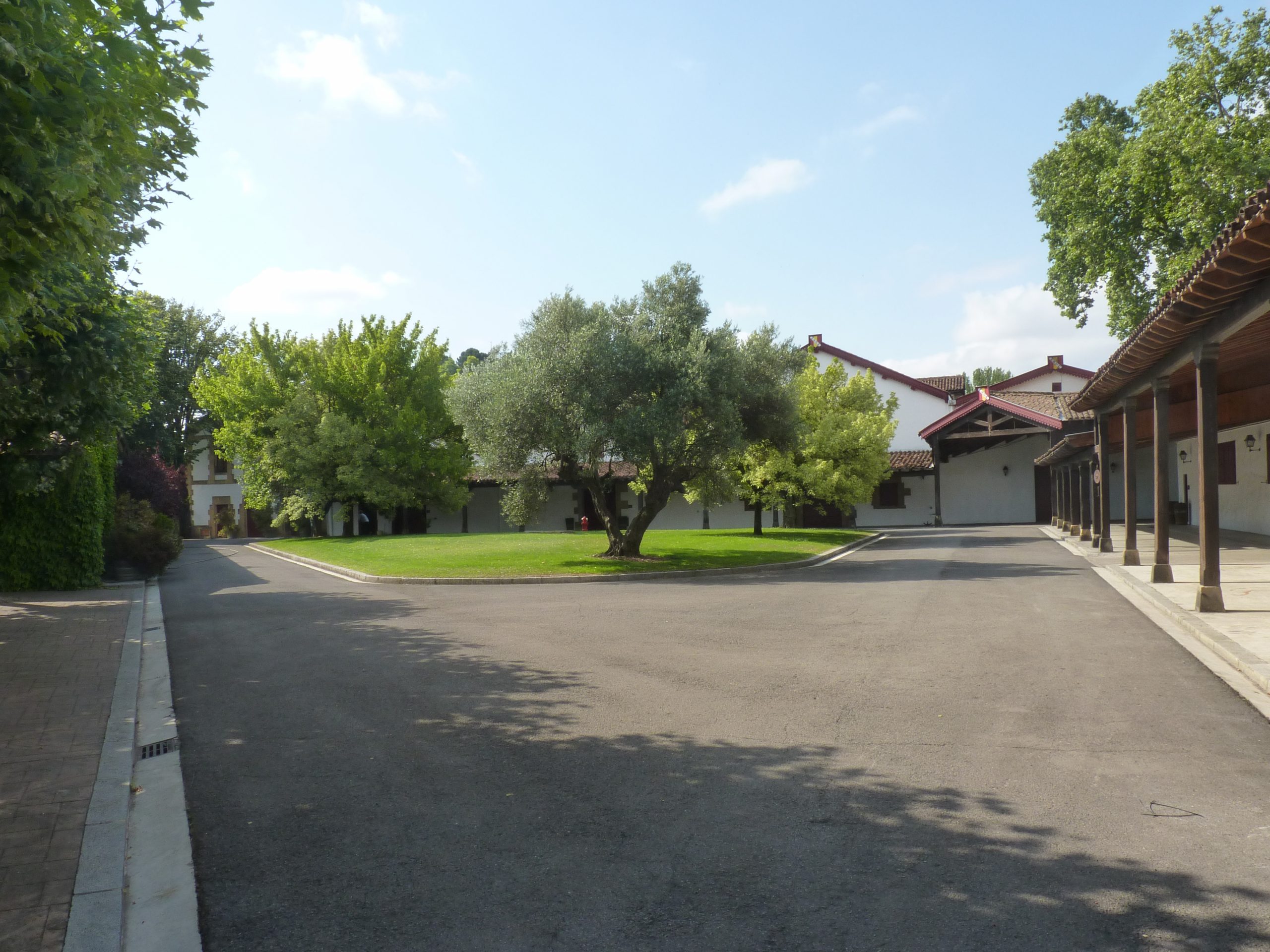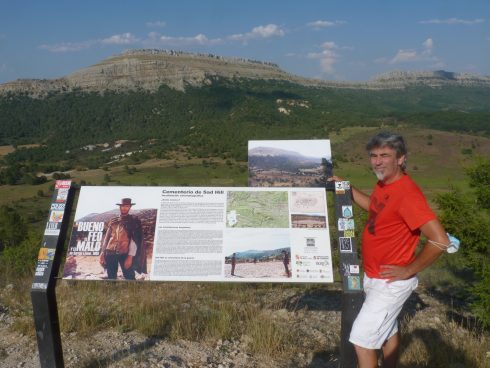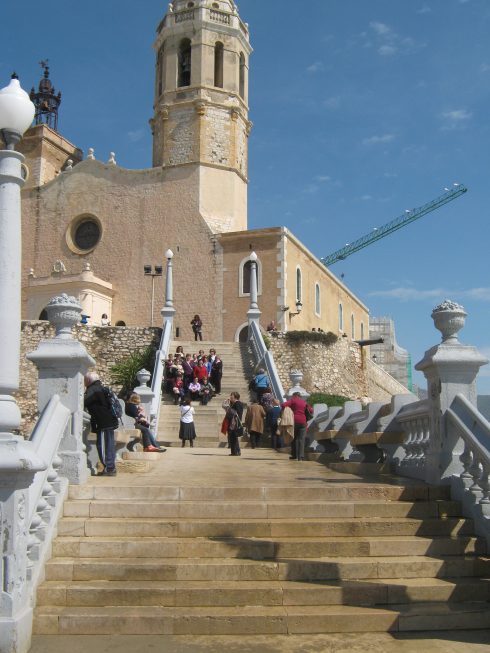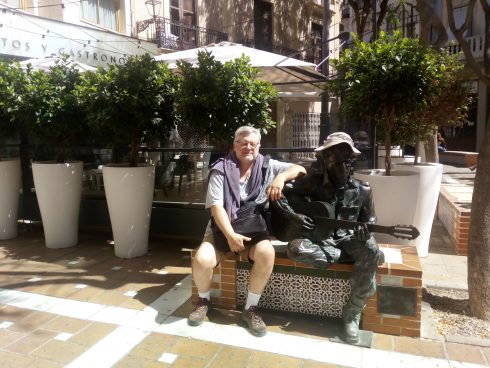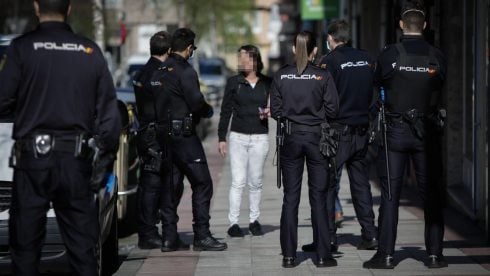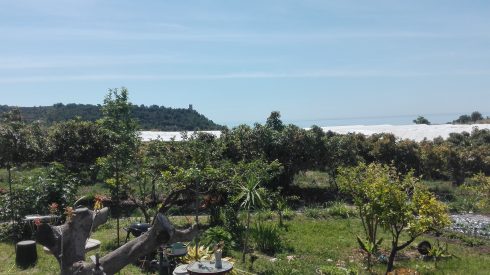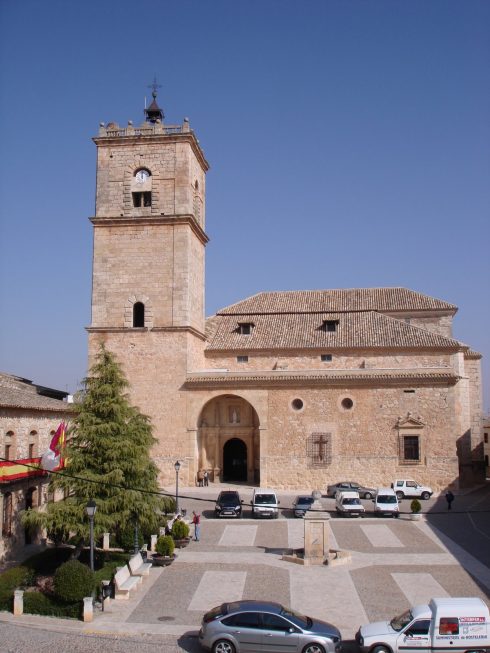I’m not especially hostile to monarchy per se, but when King Felipe VI’s visit to Haro coincided with mine, it was inevitable that if either of us was going to be inconvenienced, it would be me, and thanks to the hundreds of police officers protecting him most efficiently, I was forced to drive an extra 50 kilometres on a paying motorway just to get back to my hotel in Briones.
Today’s visit was to the Bodega CVNE in Haro, La Rioja, where Martin Sheen gets drunk in The Way (2010) and is then escorted by the police a considerable distance (in the real world) to Logroño police station).
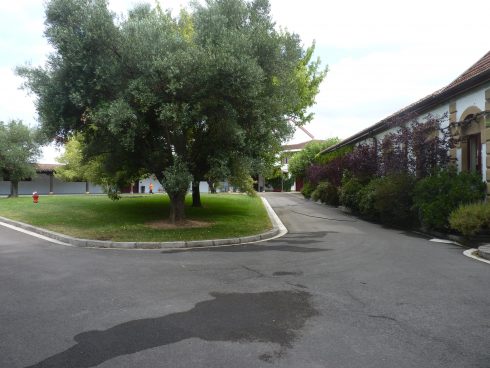
We were received by the delightful, English speaking Natalia, who took us around this winery, now in its 5th generation of Urrutia family ownership, and featured here in a photo with the director and star of The Way.
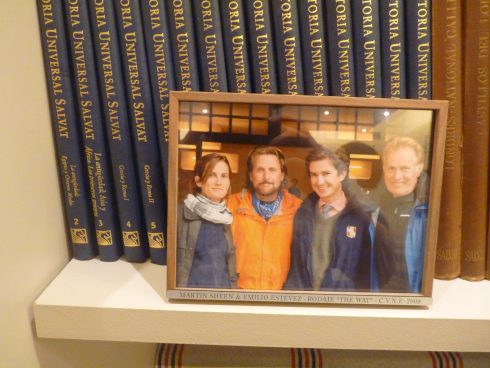
Although the scene from The Way was quite short, they were here three days filming, with their own catering area.
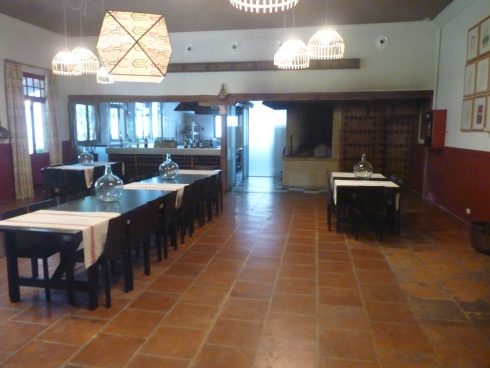
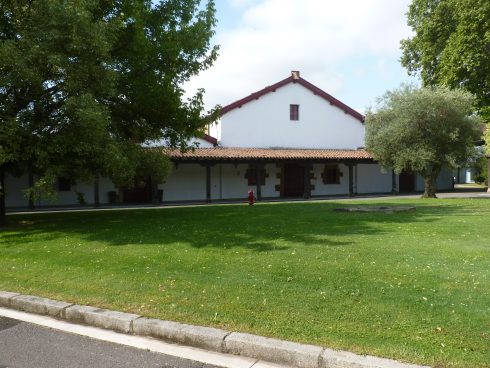
The bodega was chosen because it looked like a typical Spanish village, where our pilgrims pause to explore Rioja wine and Martin gets patriotically irate.
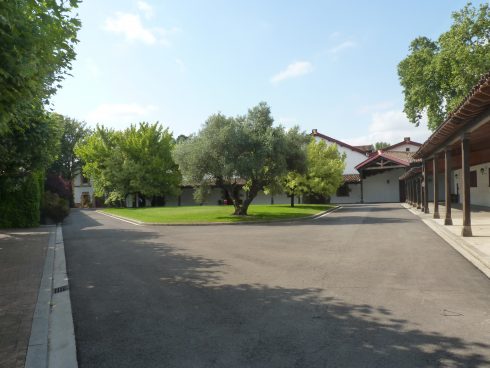
The bodega visit is full of surprises, including a cellar designed by none other than Gustav Eiffel, he of the tower, and various rooms full of barrels and 100 year old bottles belonging to a company that started producing its flagship Imperial wine specifically for the UK market.
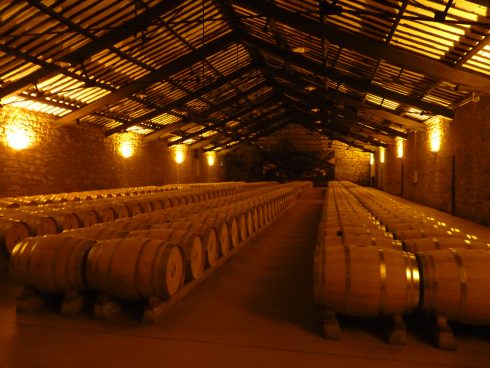
In The Way, tired of playing President Bartlett, and a little bit old to make ‘Apocalypse Later,’ Martin Sheen went to northern Spain to make a film directed by his son Emilio Estevez and set on St. James’ Way, the medieval pilgrim route better known as the ‘Camino de Santiago.’
Sheen follows the French Way, one of several that take pilgrims to Santiago. He starts in France at Saint Jean Pied de Port, before following Napoleon’s Route, in reference to the French Emperor’s unsuccessful (eventually) invasion of Spain.
Even though many of the exterior shots at Roncesvalles are genuine, the interiors of the hostel were shot on a set constructed next to the old town mill, and when Sheen emerges in the morning he is actually leaving the Hotel La Posada, where he spends a night among fellow snorers and where he is attended by famous Spanish actress Angela Molina.
The tunnel he walks through however, does lead to the real site of the pilgrims’ hostel.
For the most part the film faithfully follows the route of the Camino de Santiago, but we were informed by Koldo Lasa at the Navarra Film Institute (INACC) that a little cheating was necessary for the scene where Sheen drops his rucksack into the river. The bridge from which he drops it can be found at Aoiz, to the west of Pamplona and well off the pilgrim route.
The need for abundant, fast running water sent the film crew to this medieval bridge just below the Itolz Reservoir, where the last summer waters were being released for agricultural purposes.
The CVNE bodega isn’t on the Camino either in fact.
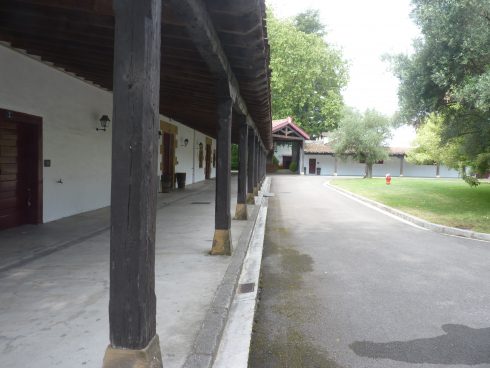
On leaving Pamplona Sheen ascends one of the route’s best known mountains, Monte del Perdón, with its silhouettes of pilgrims marching defiantly onwards, intent no doubt on quixotically taking on the giant modern windmills that share the crest of the mountain range.
At the bottom of the hill is the church of Santa Maria de Eunate, a delightfully simple church accompanied only by a pilgrims’ hostel, walking towards which he speaks to the priest with brain cancer.
Also in Navarra he visits Trinidad de Arre and Irache with its famous Monastery, where he stays in a hostel, in which the pilgrims are sleeping in bunk beds in the cloister.
The pilgrims don’t really sleep there, as the warden Alberto explained to us. He showed us the courtyard where Napoleon’s troops were once stationed after turning out the monks at what was the first hospital on the Camino.
In León Sheen invites his fellow travellers to a night at the Parador Hotel of San Marcos, previously a 16th century monastery, accompanied by the music of the immortal (dead) Nick Drake. Filming took place during 3 days using rooms 366 and 359. One of the hotel receptionists, Juan Miguel, played the waiter who provided the room service.
The extraordinary facade of the hotel is lovingly employed during the scene when the pilgrims arrive there.
They next visit the Cruz de Ferro, an iron cross on a wooden pole where traditionally each pilgrim makes a wish or promise and adds a stone to the pile.
Lugo province takes us to O Cebreiro, (for the scene where Jack explains his wish to be a writer like Joyce or Yeats as they walk out of the village).
Sheen’s own father was a Galician immigrant from Salceda de Caselas, in Pontevedra.
Our group end up in Santiago de Compostela with its outstanding Cathedral in the Plaza do Obradoiro, which they visit, although restrictions today would prevent some of their gestures with statues.
At A Coruña province we first see the spires of Santiago from Monte do Gozo, and after the obligatory visits to the cathedral, Plaza de las Platerías and the Pilgrim office to get their Compostela certificates, the group continues to Muxia near Finisterre (literally Land’s End), where we see the viewpoint (Mirador) do Corpiño, the lighthouse and the Sanctuary of Virxe da Barca. Here his journey ends, and Sheen casts the ashes of his son towards the sea and, we hope, finds closure.
The Camino de Santiago has existed for over a thousand years and is one of the great Christian pilgrimage routes, along with Rome and Jerusalem.
The film led directly to a multiplication by 5 of the number of Americans on the Camino the following year.
I have sent my motorway ticket to the royal household for reimbursement although, to be honest, I don’t hold out much hope.
Click here to read more Silver Screen Spain (on The Road With Thelma) News from The Olive Press.

